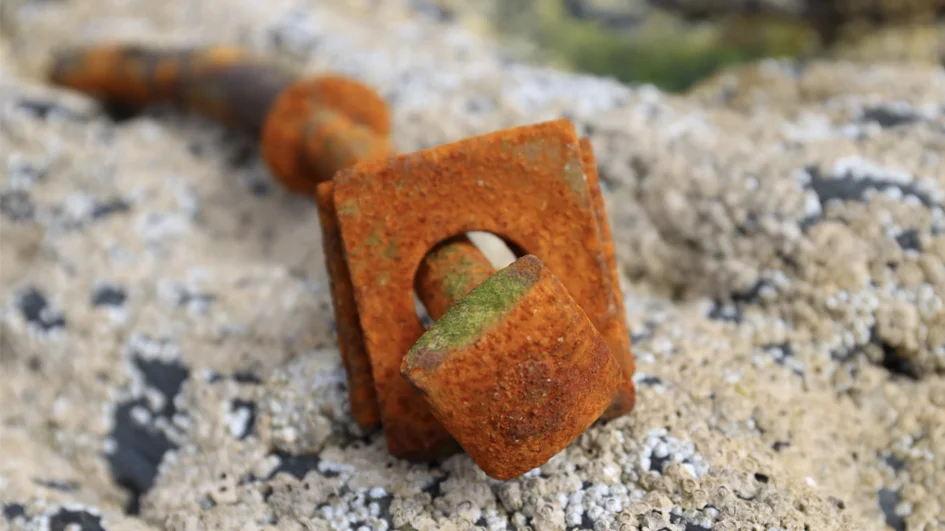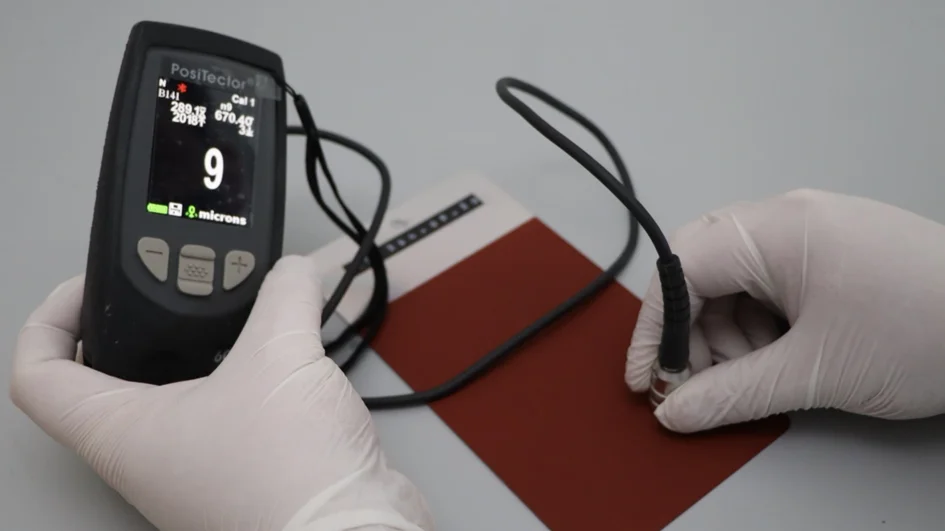Steel, when left exposed to the atmosphere, will slowly rust and lose functionality as the steel weakens. In construction and industrial sectors, a rust-induced failure could be catastrophic.
The steel can be protected from rusting by preventing contact between the atmosphere and the surface of steel. This can be achieved through various means, such as painting the steel, which can be fragile and require maintenance, using stainless steels, which are comparatively quite expensive, or applying a thin coating layer of another metal over the steel, also known as “galvanising”.



